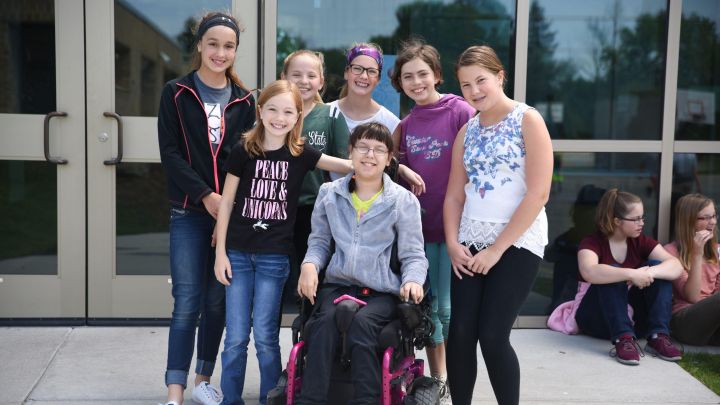How to Recognize Bullying in Schools
Every student wants to fit in and feel accepted, but for some, like Joey and Anita, this remains a daily challenge. Joey, a second grader, is told every morning on the bus that there’s no room for him to sit with his classmates. Anita, who has cerebral palsy, is often taunted during P.E. when she struggles to keep up with running exercises. For these students, bullying isn’t just hurtful—it puts them at risk socially, academically, and emotionally.
As educators, it’s crucial to recognize the signs of bullying and intervene before the situation worsens. But how can we tell when it’s bullying and not just “kids being kids”?
What Defines Bullying?
To understand what bullying looks like, we can refer to four guiding principles. Bullying behavior:
- Occurs repeatedly
- Is aggressive
- Involves intent to harm
- Includes an imbalance of power (physical, social, or emotional)
Bullying can take many forms, including social exclusion, physical harm, spreading rumors, or verbal threats. It can happen anywhere—on the playground, in hallways, in classrooms, or even online.
Recognizing the Signs of Bullying
Research shows that about 85% of bullying incidents go unaddressed because adults are unaware that they are happening. However, there are key signs that teachers and school staff can look out for, which may indicate that bullying is occurring:
- Changes in Eating Habits: Students may come to class ravenous if their lunch is being taken or if they’re too afraid to eat during lunch periods.
- Drop in School Performance: Students who are being bullied often experience a decline in academic performance, with missing assignments, lower grades, or a sudden lack of participation. They may be unable to focus due to anxiety or distraction.
- Loss of Personal Property: Frequent loss or destruction of personal items can be a red flag. If a student repeatedly reports that their belongings are missing or damaged, this may indicate bullying.
Preventing Bullying: What Educators Can Do
Addressing bullying proactively requires whole-school involvement, but there are key steps you can take as an educator to prevent and address it in your classroom and beyond:
1. Talk About Bullying with Students. Help students understand what constitutes bullying and what they can do to address it. Teach them simple responses like “Stop” or “That’s enough,” and encourage them to talk to a trusted adult if they witness or experience bullying.
Use resources like the “I Will Not Be Bullied!” PSA from the American Association for People with Disabilities to initiate conversations about bullying in your classroom.
2. Create an Environment of Open Communication. When students feel safe talking about their experiences, they are more likely to report bullying. Foster a classroom culture where students are comfortable sharing their concerns with teachers and staff. Ask questions like, "What do you do when you see bullying?" and "Why do you think someone might bully another?"
3. Encourage Students to Pursue Their Interests. When students engage in activities they enjoy, they build relationships and confidence. This can help protect against bullying by creating stronger peer networks and boosting resilience.
4. Model Positive Behavior. As teachers and role models, our actions speak louder than words. Students notice and are more likely to follow suit when we treat others with respect and kindness. Modeling inclusive behavior shows students how to engage with their peers in ways that build up rather than tear down.
5. Work as a School Community. Addressing bullying effectively involves the whole school. All Belong offers professional development opportunities to help schools create a comprehensive framework for preventing and addressing bullying. By working together, school staff and parents can create a safer environment for all students.
